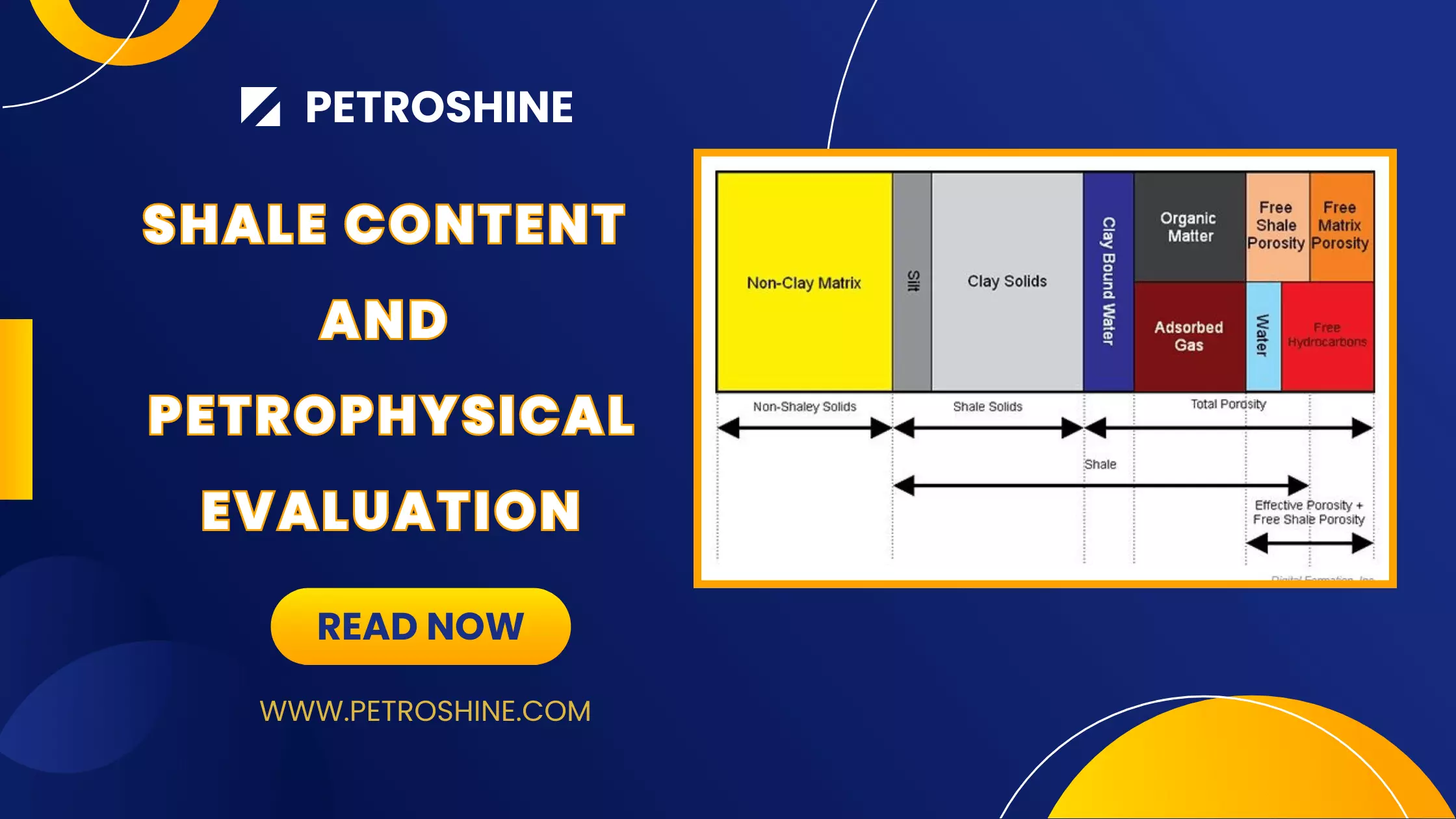Tectonostratigraphic Coupling
Without tectonic loads, stratigraphic basins can not be created and preserved. The types and distributions of loads through time, together with the composition and rheology of the crust being deformed, control the evolution of sedimentary basins.
In this section, we discuss some of the better-established links between geodynamic loads and stratigraphic and structural responses. We also identify some of the less direct and poorly understood relationships among large-scale process/response systems, such as subsidence histories and basin shape.
By considering cause-and-effect and feedback relationships among these factors, we can show links between common types of processes and responses. This approach de-emphasizes the pigeonholes of traditional basin classification schemes, and emphasizes the operation of process/response systems regardless of basin type. One disadvantage of this emphasis is that a particular sedimentary basin may not fall into a single category with well-defined parameters and boundaries, and we may not assume in “cookbook fashion” the existence and operation of a catalog of attributes considered applicable to that particular basin type. Still, this approach brings some advantages. For example, the focus on process/response systems adds flexibility and independence to our analysis of sedimentary basins, because it does not assume that all basins of a particular type have identical stratigraphic geometries, subsidence or thermal histories. This approach also promotes general principles that arise from recognizing common themes and associations in different basin types. Finally, this approach provides the basis for developing quantitative basin analysis models that we can compare directly with quantitative observations of similar sedimentary basins. For example, we might compare stratigraphic sequence geometries and stacking patterns with subsidence rates, rather than basin type, to determine stratigraphic responses to changes in accommodation potential.
Commonly recognized associations between types of loads, crustal composition and rheology, and plate tectonic setting led to the modern (post-1968) approach to basin analysis, which incorporates the plate tectonic setting of a basin.
Sleep (1971) proposed using subsidence curves to describe and analyze the behavior of basins within a process/response framework, although the use of subsidence curves is much older (e.g., Lemoine, 1917). One-dimensional subsidence curves represent the subsidence through time of one point at a specific geographic location within a basin. The reference point selected is usually the top of the basement. However, we may instead use a point on a stratigraphic surface above the basement, particularly when a basin has been deformed by more than one period of tectonic loading.
Fischer (1975), Dickinson (1976), and Angevine et al. (1990) compiled subsidence curves of several sedimentary basins. When time-depth graphs of these one-dimensional subsidence histories are grouped into categories of basin types according to a plate tectonic classification, the shapes of the subsidence curves are similar for each basin type. Similarities of shape reflect the operation of similar processes, while differences in absolute rates, duration of subsidence and magnitudes of cumulative deflection reflect configurational differences (e.g., magnitude, rate of application and geometry of load, and rheology of the deforming crust) for each basin.
Basins formed by lithospheric and/or crustal extension, accompanied by heating and subsequent cooling, have convex downward shapes on time (horizontal axis)-depth (vertical axis) subsidence graphs. This shape reflects a subsidence rate that is greatest early in the history of the basin, and that declines exponentially until it approaches zero. Subsidence of oceanic lithosphere, passive continental margins, and rift and back-arc basins all have profiles with this convex downward shape.
The rapid subsidence early on is due principally to stretching and isostatic compensation of crustal thinning, augmented by local or regional compensation to other supracrustal loads. This phase may last 20 to 50 My for rifts that rupture continental lithosphere entirely and eventually develop into passive margins. Such margins are underlain by a continuum of normal and transitional continental crust through oceanic crust. During the later part of the basin history, when subsidence rates are lower and decline asymptotically to zero, subsidence is principally attributed to cooling. The direction of heat transfer of such basins is directed predominantly upward, toward the earth’s surface.
The total tectonic subsidence, or cumulative deflection of the basement by tectonic loading, in such extensional basins is a function of the ratio of extension, the composition and thickness of the pre-extended lithosphere, and the rate at which heat is dissipated. For the same ratio of extension, thicker and more sialic lithosphere will subside more than originally thinner, mafic lithosphere. Cumulative subsidence by this mechanism alone normally is 3 to 4 km. Sediment prisms built on transitional or thinned continental crust and oceanic crust of passive margins approach 15 km in total thickness. Durations of tectonically driven subsidence in fully developed rifted continental margins range from 150 to 250 My. In small extensional basins, the shapes of two-dimensional subsidence curves are similar to subsidence curves of passive margin basins. However, both the magnitude and duration of subsidence are generally less.
 Petro Shine The Place for Oil and Gas Professionals.
Petro Shine The Place for Oil and Gas Professionals.



